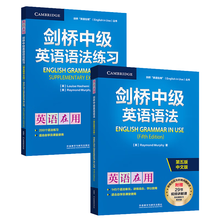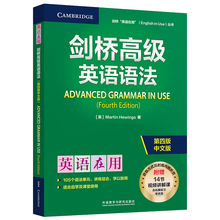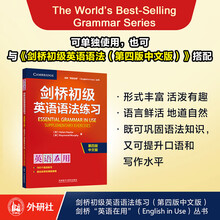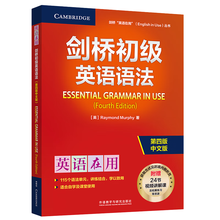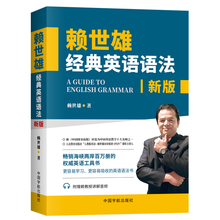some ofthe responses that can be scaled. Latent variables refer to those (constructs)theoretically hypothesized, or those underlying ones that can not be directlyobserved or measured. In SEM, these latent variables consist of exogenouslatent variables and endogenous latent variables. Exogenous latent variablesrefer to those that can affect the other latent variables but also be affected bythe observed variables outside of the model, Endogenous latent variables referto those that can be affected by both exogenous latent variables and observedvariables. Those observed variables that affect the exogenous latent variablescan be called exogenous indicators and those observed variables that can affectendogenous latent variables are called endogenous indicators.
As SEM is usually used for confirmatory research, before conductingthe modelling procedures, we first have to know what the already existenttheoretical framework or model is to test or confirm and what are therelationships between observed variables and latent variables and betweenlatent variables themselves in the framework. Although it is usually usedfor confirmatory research, exploratory research is also conducted in orderto explore whether the relationships are correctly established. However, onthe other hand, if too many observed and latent variables are involved in themodelling, the model can not be established.
In our present study, we initially tried to establish all the relationshipsbetween the observed variables we have designed in all questionnaires andthe latent variables extracted from the test-taker characteristics, and sub-processes of academic writing, but failed because too many observed variablesand latent variables can not be sorted out by present LISREL (8.50). We finallydetermined only to seek the relationships between: 1) academic writingstrategies (targeted by QA2, especially the second section, on which theresults of regression analysis and ANOVA displayed the highest percentageaccounting for the variance of the score gains), 2) sub-processes (reflectedby QB1), and 3) gains in TEM8 (which consists of WRTN score and totalscore).
……
展开

